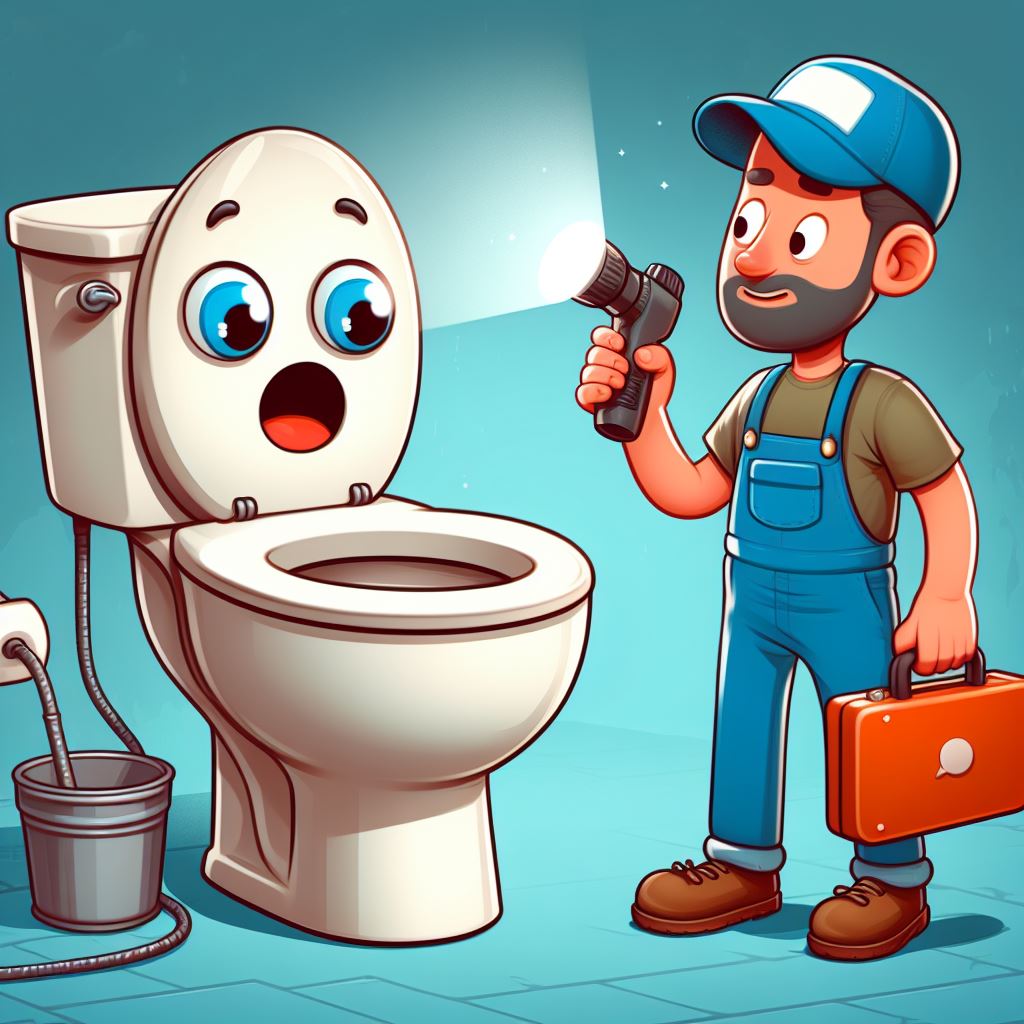The frustration of dealing with a toilet that flushes at a snail’s pace and lacks the necessary pressure is an inconvenience many homeowners have faced. Fortunately, there’s no need to throw in the towel (pun intended) just yet. In this blog post, we’ll unravel the mystery behind slow and low-pressure toilet flushes and explore some DIY solutions to restore your throne to its former glory.
Understanding the Culprits:
Before diving into the solutions, it’s essential to identify potential culprits behind the sluggish flush. Several factors could be contributing to the problem:
Clogged Toilet Jets:
Over time, mineral deposits, debris, and hard water scale can accumulate in the toilet jets, restricting the flow and reducing pressure.
Partially Closed Water Supply Valve:
Check if the water supply valve located behind or beneath the toilet is fully open. A partially closed valve can limit the water flow, resulting in a weak flush.
Faulty Flapper Valve:
The flapper valve is responsible for releasing water into the bowl during a flush. If it’s damaged or improperly seated, it can impede the flush performance.
Low Water Level in the Tank:
Ensure that the water level in the toilet tank is at the recommended height. A low water level can diminish the force of the flush.
DIY Solutions:
Now that we’ve identified potential issues, let’s explore some DIY solutions to breathe life back into your toilet:
Clearing Clogged Jets:
Turn off the water supply to the toilet.
Use a wire hanger or a toilet auger to gently clear any debris from the jets.
For mineral deposits, try using a mixture of vinegar and water. Let it sit for a few hours before flushing.
Adjusting Water Supply Valve:
Turn off the water supply.
Slowly turn the water supply valve to open it fully.
Flush the toilet to see if the increased water flow resolves the issue.
Inspecting and Cleaning the Flapper Valve:
Check the flapper valve for any signs of damage or misalignment.
Clean the valve and the surrounding area to ensure a proper seal during each flush.
If the flapper is damaged, consider replacing it with a new one.
Checking Water Level:
Adjust the water level in the toilet tank to the manufacturer’s recommended height.
This adjustment can often be made using the water level adjustment screw or float arm.
Dealing with a slow and low-pressure toilet flush may seem daunting, but armed with a bit of knowledge and some DIY spirit, you can tackle the issue head-on. By identifying the underlying causes and implementing the suggested solutions, you’ll be well on your way to restoring your toilet’s flushing power and reclaiming your bathroom throne. And if a DIY approach doesn’t work or is not your thing, call a plumber who will know how to fix the issue. Happy flushing!

